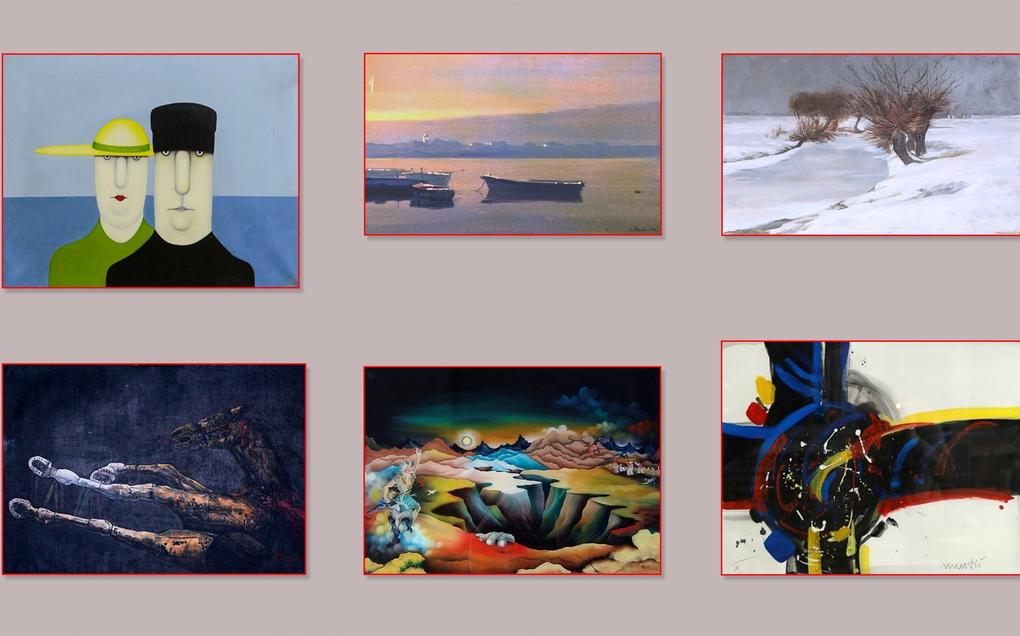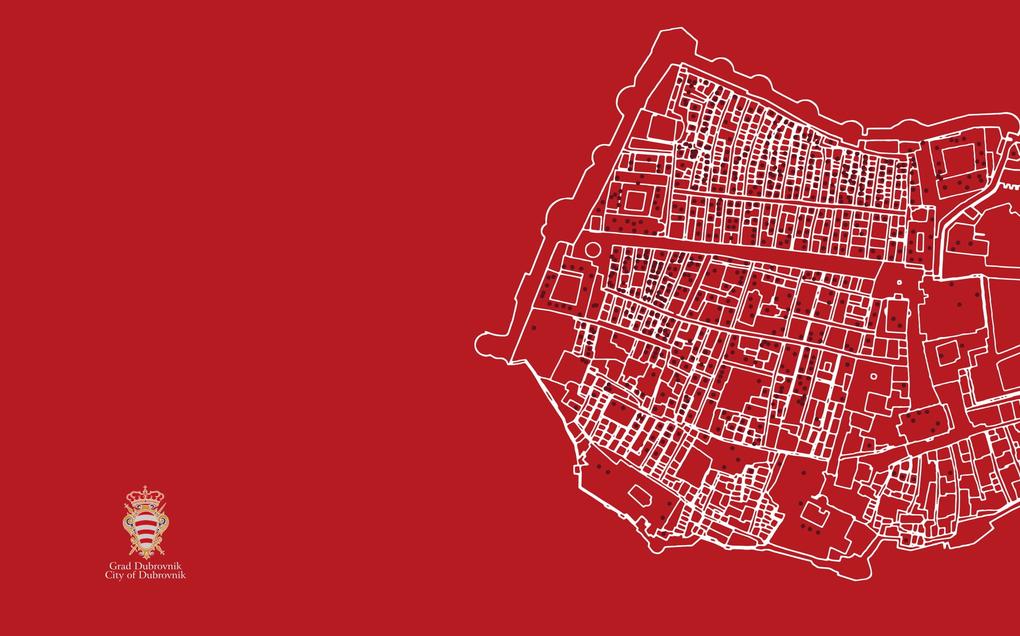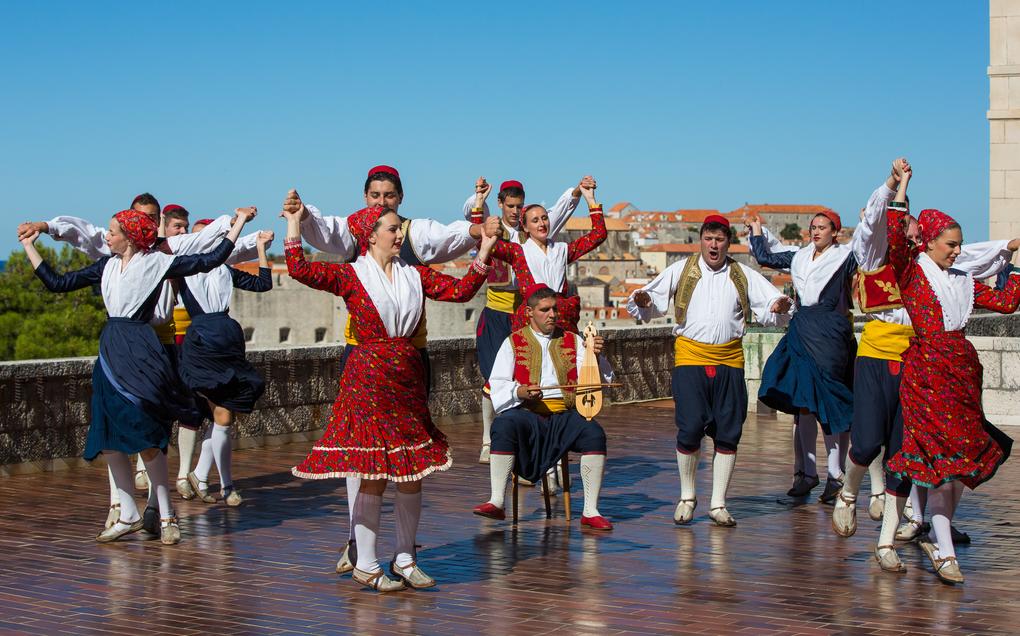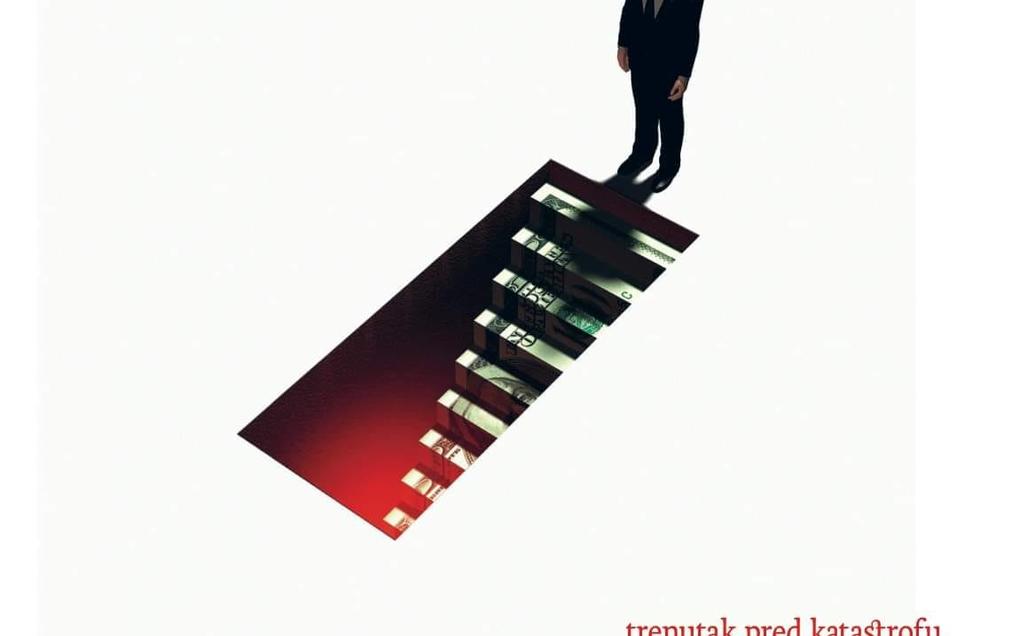Alternativne biografije
Šišmundo Menčetić Vlahović
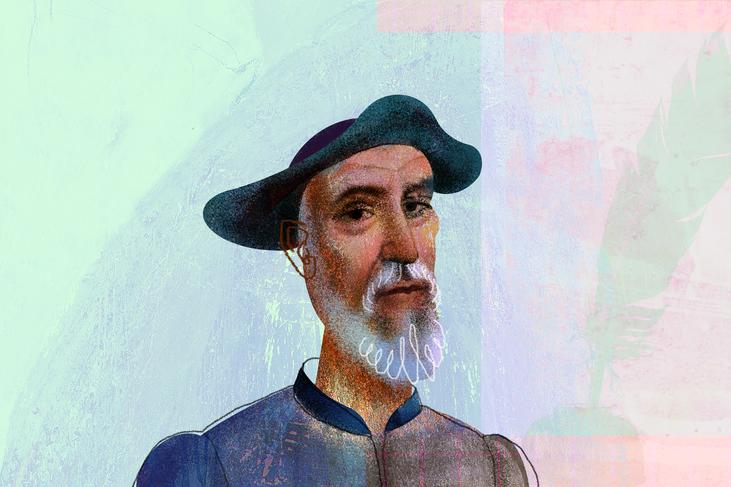
Photo gallery
He was elected Rector twice. He and both of his sons died during the plague epidemic of 1527. Together with his younger contemporary, the Petrarchist poet and priest Džore Držić, he was one of the oldest renowned Croatian poets of secular themes. Besides poems written in the spirit of Petrarchism, there are also those with elements of medieval poetry, visibly influenced by Provencal troubadours and German minnesänger. In his love poems, Menčetić described his beloved, the happiness of a lover whose wishes have been granted, making frequent use of acrostics with the names of women that the poems were dedicated to. His large lyrical oeuvre also contains several satirical and moral-reflexive poems. In the non-romantic part of the canzoniere, he turned towards the spiritual; 11 religious poems are dedicated to Jesus and one to the Virgin May – Uzmožna gospođe, tko milos ku žudi. The influence of Petrarca is obvious. In some of his poems, Šišmundo wrote about universal themes (poverty – wealth, love – hate). Most of his poems have a dialogue or appellative form. He also wrote longer poems with narrative elements, and his poetic lyrical subject is characterized by sensuality. An immediate, vigorous, lascivious and eroticized expression, with a pronounced theme of requited love differentiates him from other Petrarchist poets. Although, as all Petrarchists, he celebrated the ideal of female beauty, he also wrote satirical misogynist poems with elements of resignation, like for example, the poem Mrzim na žene. His best-known poem, written in dodecasyllabic couplets – Blaženi čas i hip, actually paraphrases Petrarch’s LXI sonnet (Blest be the day, and blest be the month and year), and with its pronounced sensuality departs from its poetic model, its elegiac tone is transformed into dithyrambic, and the erotic perception of the beloved assumes central position. He is the most represented poet in Ranjina’s Miscellany, which contains more than five hundred poems by Menčetić.



